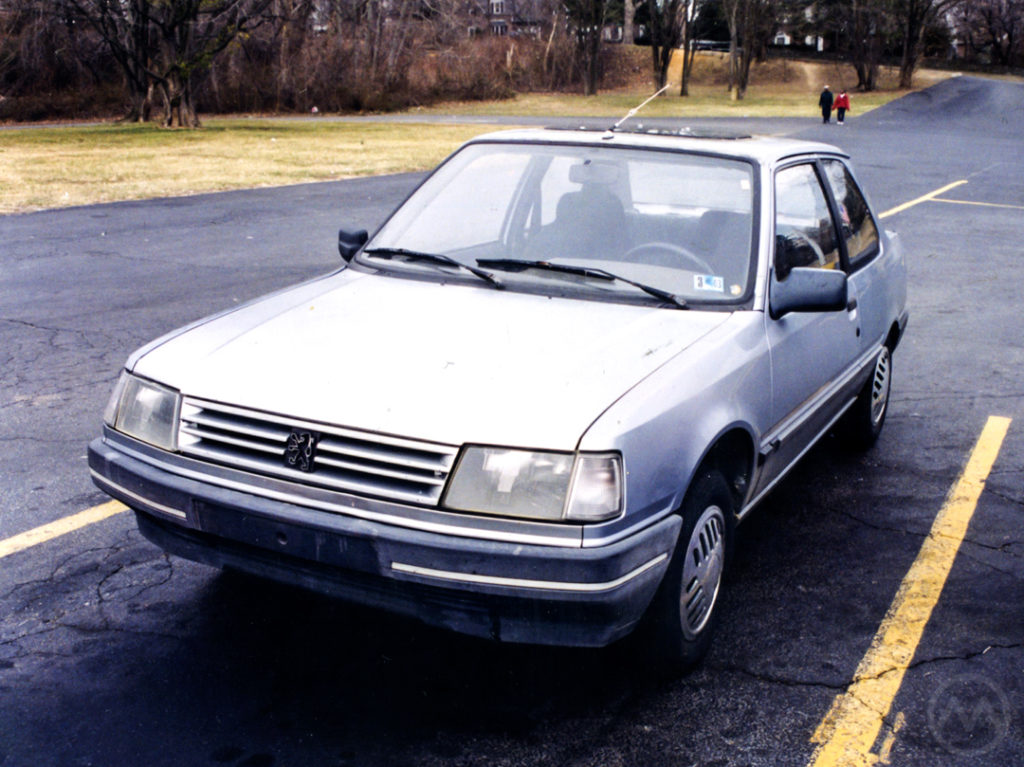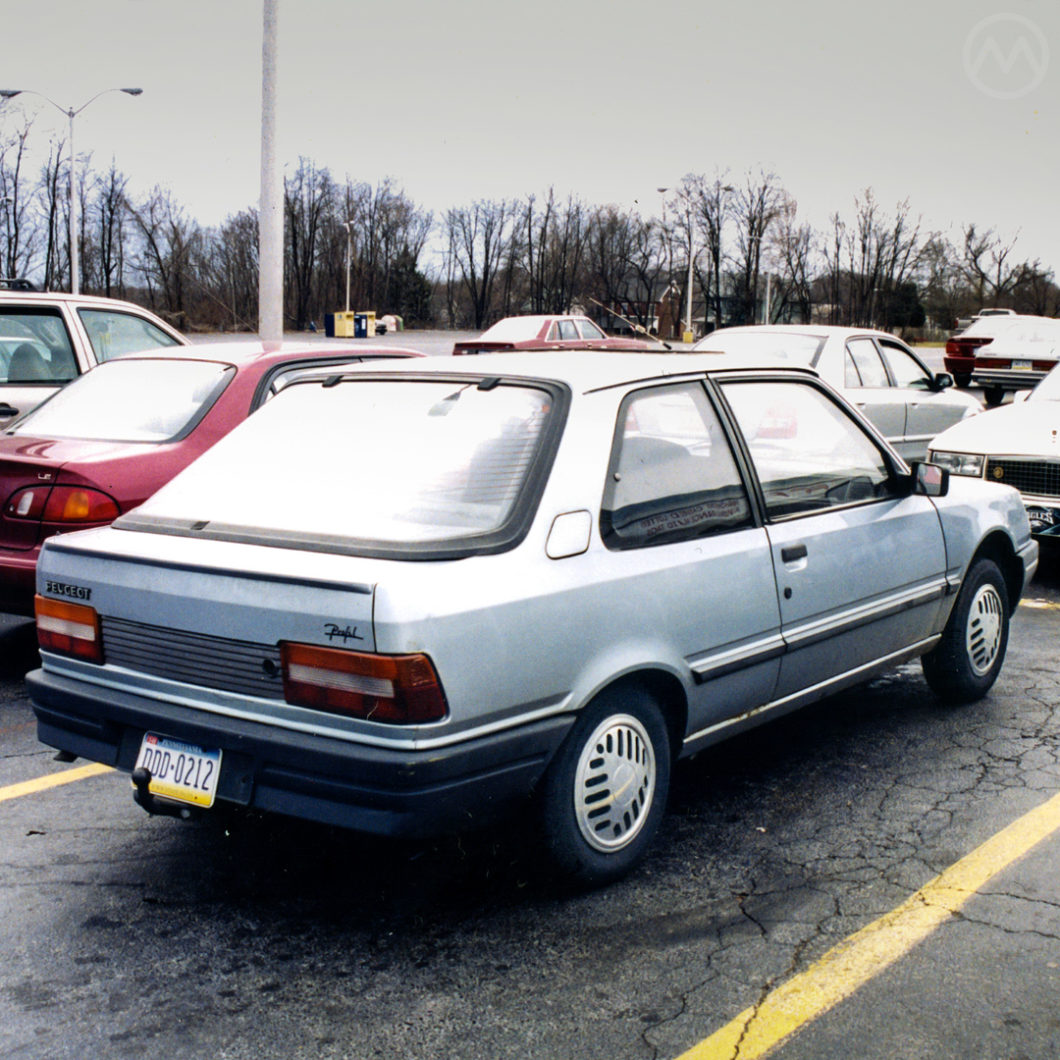When Chrysler sold off its European assets to Peugeot in 1978, the former Simcas, Chryslers, and Hillmans that comprised the disparate lineup mostly became Talbots for 1979 (though the Simca named lingered on some small commercials into the mid-80s).
PSA inherited at least one successful car in the deal, the Talbot Horizon, and at first it seemed like Talbot would be a natural third brand for PSA. Due to the Rootes connection, Talbot was particularly strong in the U.K. and indeed, expanding into the U.K. was part of why PSA bought Chrysler Europe. That, and absorbing another competitor (the former Simca).
But Talbot struggled – in part because of name confusion, and in part because some of the cars were just old. Even the Horizon began to fade a bit after 1981.
Samba & Tagora
That year Talbot launched its first two new cars. The first was the Tagora, a large sedan developed under Chrysler since 1976 and originally called the Chrysler C9. The second was the Samba supermini, a restyled version of the circa-1972 Peugeot 104. The big Tagora bombed but the Samba did okay – until the Peugeot 205 arrived.
A bold car for typically conservative Peugeot, who had embraced front-drive quickly but whose tasteful, understated designs rarely made waves, the modern, excellent-to-drive 205 quickly became king of the superminis, followed closely by the Fiat Uno. Both were launched within weeks of eachother and both best-sellers spelled trouble for the Samba, fundamentally the car the 205 was replacing.
It was in this period – 1982-84, that PSA was planning a Horizon replacement, internally named the Talbot C28. The engineering was largely handled by Poissy, the design by PSA’s (former Rootes) studio in Whitley in the U.K., but the poor results of 1981 had meant Talbot was managed primarily by Peugeot HQ.
The C28’s designers were given latitude to be creative, but for cost reasons, they had to use the PSA parts bin wherever possible – just as on the Samba. What emerged was basically a widened, lengthened Peugeot 205 with semi-notchback styling (with a Renault-like wraparound hatch). Even the 205’s doors were re-used.
The 309’s shape was telegraphed by the Peugeot VERA Plus concept in 1982, at the time believed to be a “105” or “205” prototype. The styling was locked down by the end of 1983.
Production was to be split between Ryton-on-Dunsmore in the U.K. and Poissy in France. This meant a considerable investment in Ryton – £30M according to AutoCar, but it meant the end of the products that were already being produced there – the Horizon and the Alpine/Solara. Even before the car debuted, the design center at Whitley was wound down (it was sold to Jaguar in 1987).
Talbot Arizona to Peugeot 309
For different markets, the cars were powered by a mix of ex-Simca and new PSA powerplants. But with Talbot sales in steady decline, a last minute decision turned the “Talbot Arizona” into the Peugeot 309, rolling off the line in October, 1985.

There was some initial skepticism about the car – it didn’t look quite like the other Peugeots despite some shared panels; the decision to not continue with Talbot was abrupt; and Peugeot was already selling the well known 305, with which the 309 shared nothing and was not a successor.
A tight handler and practical, it was well loved buy buyers and hot hatch fans alike, though it never had the cachet of the 205. The 309 went on to become a huge seller in European markets.
One place it never went, however, was the USA – though reportedly Peugeot Motors of America briefly considered selling it here in 1986.
That makes this throwback-thursday 309 rather special, as it was photographed in Delaware in 2002.
The “25 year rule,” enacted when these cars were new, made it hard to bring in such cars in those days, but this early 309 Profil was brought in by a military serviceman. At the time, it may have been the only 309 in all of North America. The Profil was a base model with some aerodynamic add-ons, a reference to the 1985 VERA Profil, a follow up to the ’82 concept that was similarly aerodynamic.


Pingback: Arizon Concept が日産の Angular EV ラインナップをプレビュー - JP NewsS